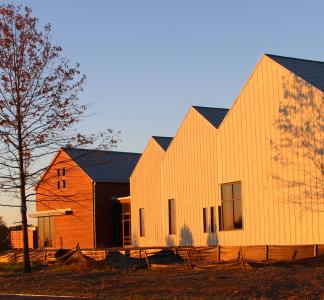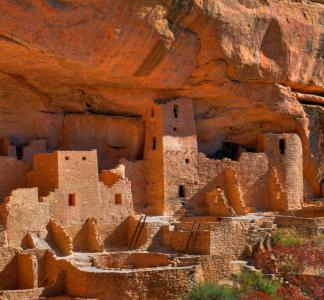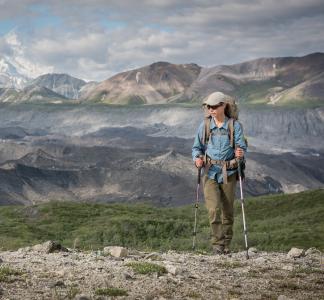New Pullman and Honouliuli monuments a reminder of the importance of bedrock conservation law
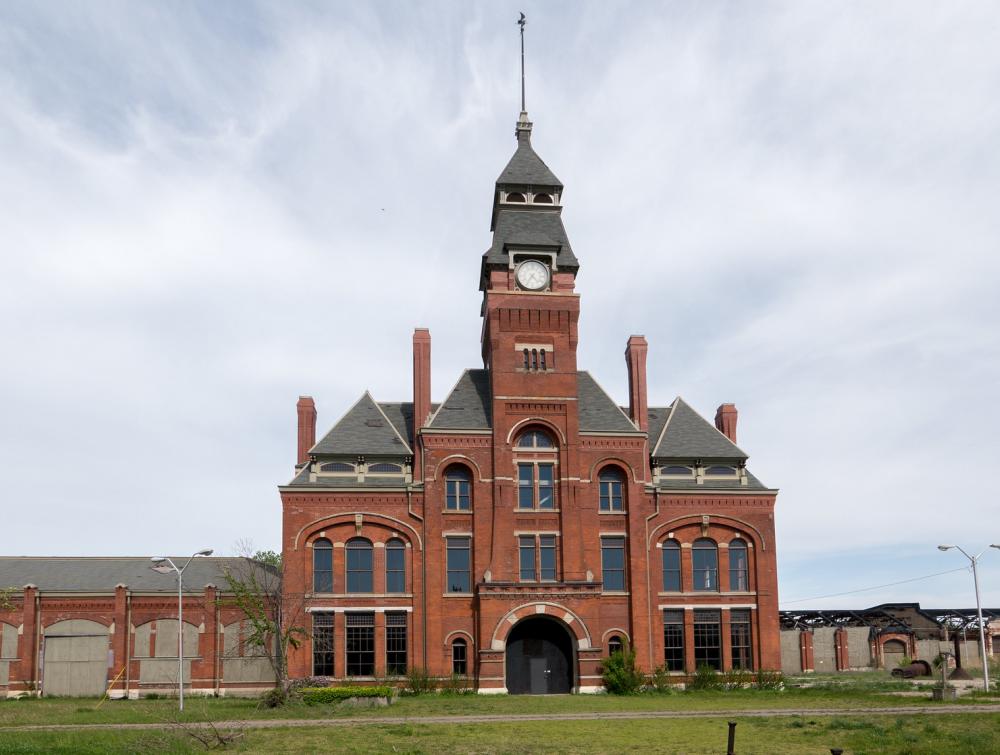
Pullman National Monument, Illinois
Jay Galvin, Flickr
Antiquities Act can help diversify public lands and cultural sites
President Barack Obama’s designation of the Pullman and Honouliuli national monuments is a fitting tribute to important chapters in American history and another reminder of the Antiquities Act’s importance in preserving our shared national heritage.
President Obama officially announced Browns Canyon National Monument, Pullman National Monument and Honouliuli National Monument on Feb. 19, marking the 12th, 13th and 14th times he has protected a natural or historic landmark as a new national monument.
The Pullman and Honouliuli monuments represent progress toward the goal of diversifying public lands and the stores we tell about American history
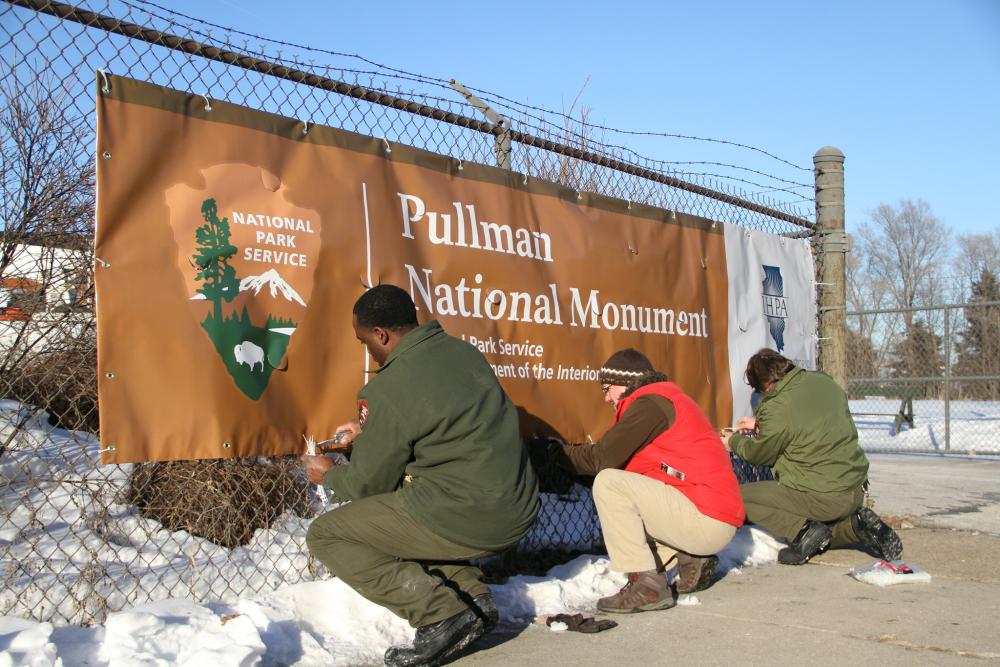
Dedication of Pullman National Monument, Illinois
NPS, Flickr
Protecting Browns Canyon has been a focus of The Wilderness Society for years. By designating it as a national monument, President Obama is elevating the status of one of Colorado’s most treasured landscapes, an outdoor recreation gem known for its whitewater rafting, fishing and hiking.
The other new monuments preserve sites of historic, rather than natural, importance. Pullman will comprise part of a neighborhood of the same name on Chicago’s South Side, the first-ever National Park Service unit in the city and one of only a few in the state. Honouliuli will mark the site of Hawaii’s largest and longest-running World War II-era internment camp, an important reminder of a dark chapter in our history.
Though significant in their own right, the latter two monuments represent something greater—namely, further progress toward the goal of diversifying public lands and honoring the lives of all people as we tell the story of this country.
Testament to a long struggle
Pullman National Monument commemorates several key moments in African-American and labor history. Designed as a planned community for employees of the Pullman Palace Car Company, a railroad car manufacturer best known for its “sleeping car,” Pullman first became synonymous with the nascent labor movement in the 1890s, when federal troops clashed with striking workers.
In the 1920s, the Brotherhood of Sleeping Car Porters was founded in the area as an independent union, with the aim of fighting to secure livable wages and better working conditions for African-American porters. It is thought to have been the first-ever African-American labor union. The company fought the union fiercely, but in part due to the struggle of the Brotherhood and other groups, the labor movement became an impossible-to-ignore force on the national stage. In 1935, the National Labor Relations Act was passed by Congress, barring company-sponsored unions and guaranteeing workers the right to organize. The Brotherhood also planted the seeds of the mid-20th century civil rights movement, underscoring the importance of protest and fighting for the (sadly oft-ignored) American ideal that all men are created equal.
For its role in these seismic social shifts, Pullman has enjoyed “landmark” status for decades, as local communities and historians worked to raise its profile on a broader stage. In recent years, the neighborhood has even become a popular bipartisan cause. In addition to saluting an important chapter in American history, national monument standing is expected to bring a much-needed economic boost to the community, potentially supporting hundreds of jobs and eventually generating $40 million in sustained economic output.
Lessons from “Hells Canyon”
The new Honouliuli National Monument also tells a story about civil rights in the U.S.
During World War II, an executive order allowed the restriction and imprisonment of thousands of Japanese Americans and others deemed to be potential espionage risks. This was done without due process and based on vague-to-nonexistent evidence. The White House told the Los Angeles Times that preserving one of the largest internment camps from this dark period is intended to call attention to "the fragility of civil rights during times of conflict."
Though the notorious 120-acre Honouliuli camp was known as “Hells Canyon” by some prisoners during the war, it has become a historical footnote in the decades since. Monument status will allow greater visibility to fully acknowledge past injustices and ensure that future generations learn from our mistakes.
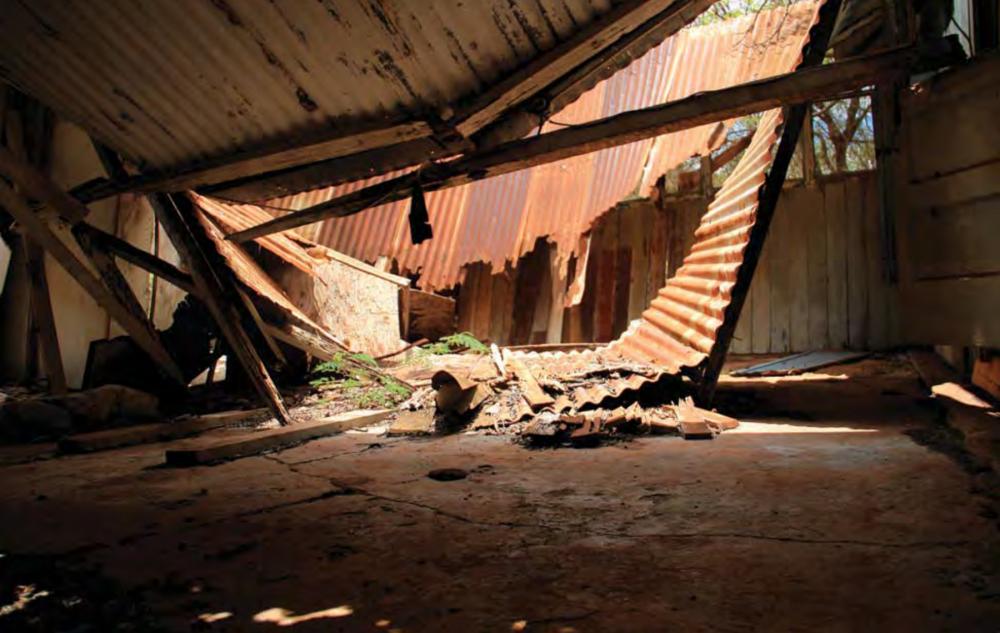
Collapsed roof in former Honouliuli Internment Camp, Hawaii
Valentino Valdez, NPS
Preserving history for all people
The Antiquities Act, which allows the president to protect significant landmarks as national monuments, has been used on a bipartisan basis by almost every president since it was signed into law in 1906.
The law is most often associated with the preservation of natural icons like the Grand Canyon, South Dakota’s Badlands or Zion National Park, but the Pullman and Honouliuli designations are an important reminder of its value as a tool for preserving cultural or historic places (especially those related to underrepresented communities).
Among the most cherished places protected by the Antiquities Act are sites that honor Native American culture, like Gila Cliff Dwellings National Monument and Chaco Culture National Historical Park. César E. Chávez National Monument, designated by President Obama in 2012, honors its great namesake Latino labor leader, and among several important parks and monuments saluting African-American history are two monuments protected in 2013 by President Obama, Harriet Tubman National Monument (Maryland) and Charles Young Buffalo Soldiers National Monument (Ohio). While there is still work to be done, we are making progress on the goal of public lands reflecting the full range of diversity in the U.S.
Future monuments and parks still in danger
Despite bipartisan support for the Pullman monument, and the popularity of protecting public lands generally, the law that made its preservation possible has been under vicious attack in Washington DC.
The 114th Congress has already introduced several measures intended to gut the Antiquities Act, despite its longstanding popularity and use by presidents on both sides of the aisle. One of those attempts, Senate Amendment 132, was defeated along bipartisan lines, but 2015 promises to feature many similar attacks on monuments, parks and conservation generally. About a week before President Obama visited Chicago, a new bill was introduced to make it harder for presidents to protect monuments and parks moving forward.
Such attacks are not in sync with the values of most Americans, and we will continue to stand up to them. Whether it protects a natural treasure like Browns Canyon or a piece of history like Pullman, the Antiquities Act is worth defending.
